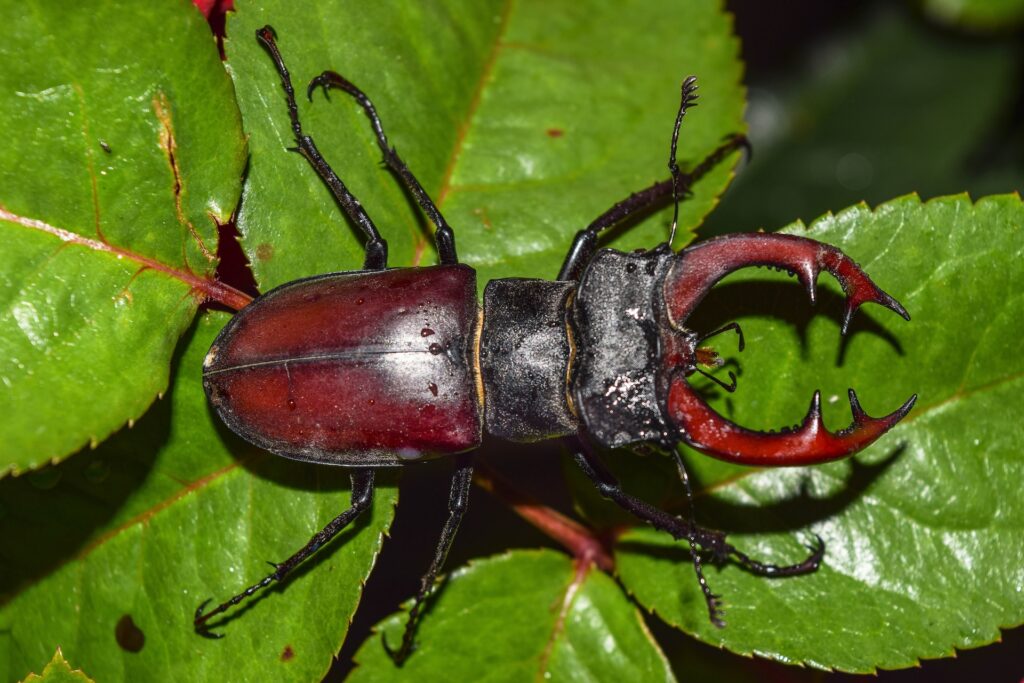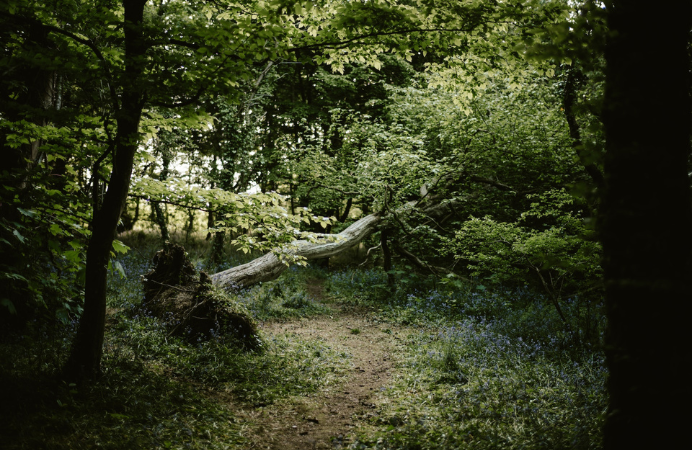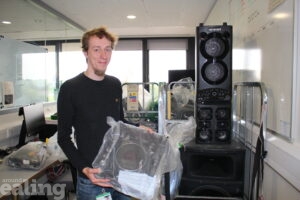Have you ever wondered why some dead trees in our parks and open spaces are left standing or not cleared when they fall or are cut down? It’s because deadwood – fallen branches, rotting stumps and dead trees – are an essential part of any woodland.
Decaying wood recycles nutrients back into the soil, provides food and home for animals and insects, and hosts an impressive collection of fungi.
Deadwood comes in many forms.
Fallen and standing trees
Naturally fallen trees hide many nutrients gradually released into the earth as they decompose, a natural part of every tree’s lifecycle. These nutrients are then reused by living trees and other plants to grow.
Where possible and safe to do so, some dead trees are retained as standing deadwood. This often provides a home to wildlife that cannot live anywhere else.
Hidden goodness
An impressive amount of wood is found beneath the ground in the large roots anchoring trees in soil. Again, where possible, the council seeks to leave tree stumps and roots in place to provide habitat for underground decay organisms.
Veteran and ancient trees can live for hundreds of years while actively decaying in parts. This is known as rotting heartwood. Because of the decaying deadwood these trees develop cavities or hollow trunks, used by forest birds to nest or roost.
Tree removal and replanting
The council removes and replants hundreds of dead and diseased trees each year. In most cases, particularly on the public highway, these removals are essential to manage the risks to public health and safety, and to ensure the council’s duty of care. All felled trees are replaced within 12 months – trees are planted October to March so they have the best chance of surviving. In the past decade the council has planted many more trees than it has removed. Not all dead trees are removed, but where this is unavoidable the council retains the timber in the borough.
Home to diverse wildlife
Dead trees provide home to fungi, insects, beetles, bats and birds such as woodpeckers.

At 3 inches in length, the stag beetle is UK’s largest land beetle. It lives in rotting wood for around 7 years before emerging in the summer to breed. Easily recognised by the male’s distinctive antler-shaped jaws, they are harmless to people.
Southfield Recreation Ground in Acton has a nature area with a large section of deadwood habitat and a healthy population of stag beetles have been living in it for over 20 years. Have you spotted them?
Councillor Deirdre Costigan, Ealing Council’s deputy leader and cabinet member for climate action, said: “Trees, including fallen ones, are brilliant and essential for our ecosystem. That’s why we are fully committed to doing everything we can to reach our ambitious target of planting 50,000 new trees in our borough by 2026.
“Apart from having huge benefits for animals and people alike, fallen trees also help to improve biodiversity, a key concern for the council. We promised to re-wild an area the size of 130 football pitches in Ealing and we are well on the way to doing this, cutting air pollution, bringing nature back to our residents and reducing the impact of the climate crisis.”
How you can help
With stag beetles’ numbers declining, you can report your sightings to help researchers map their numbers and whereabouts.
You can also download London Wildlife Trust’s stag beetle guidance on how to build a stag beetle log pile.







